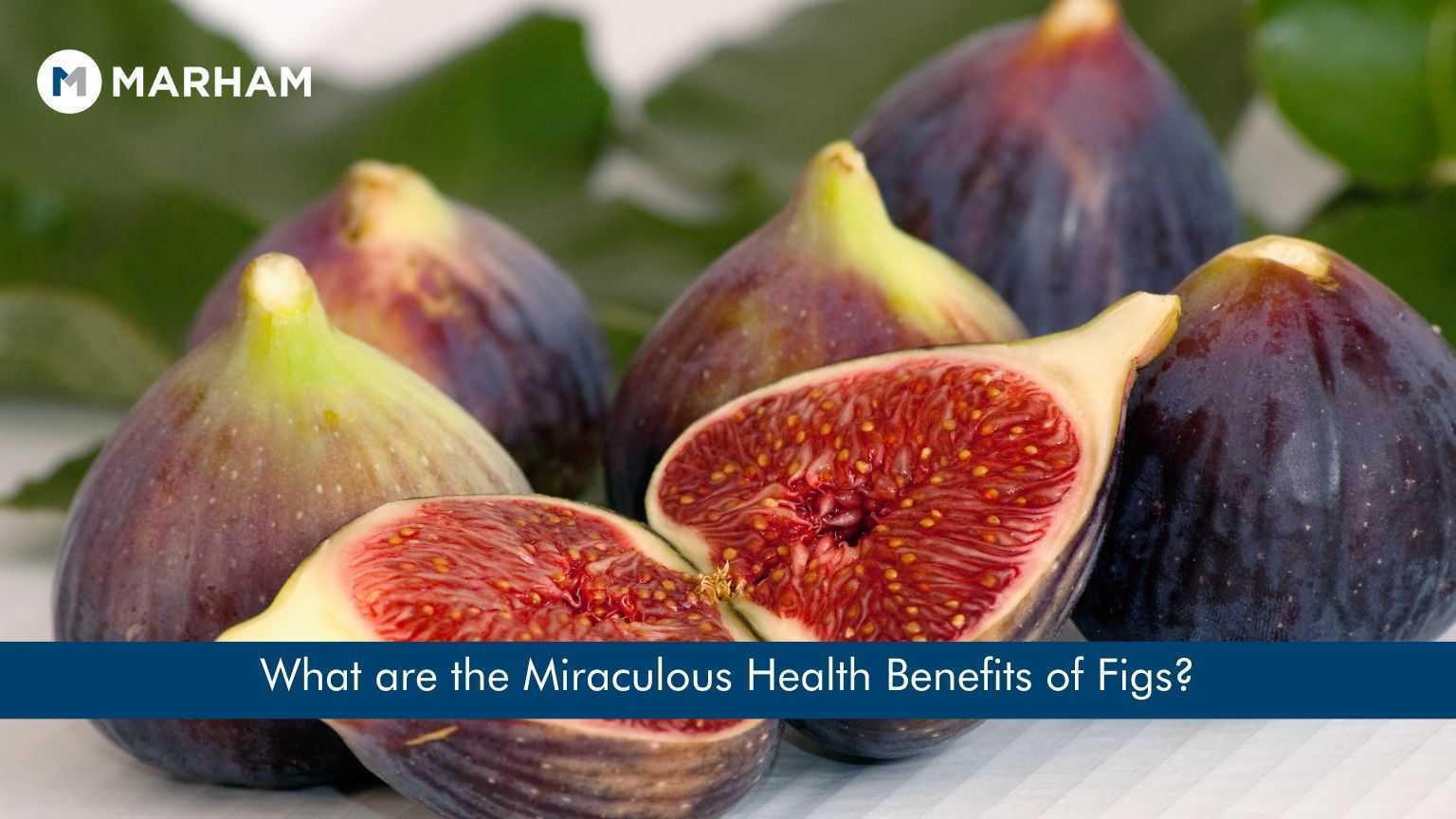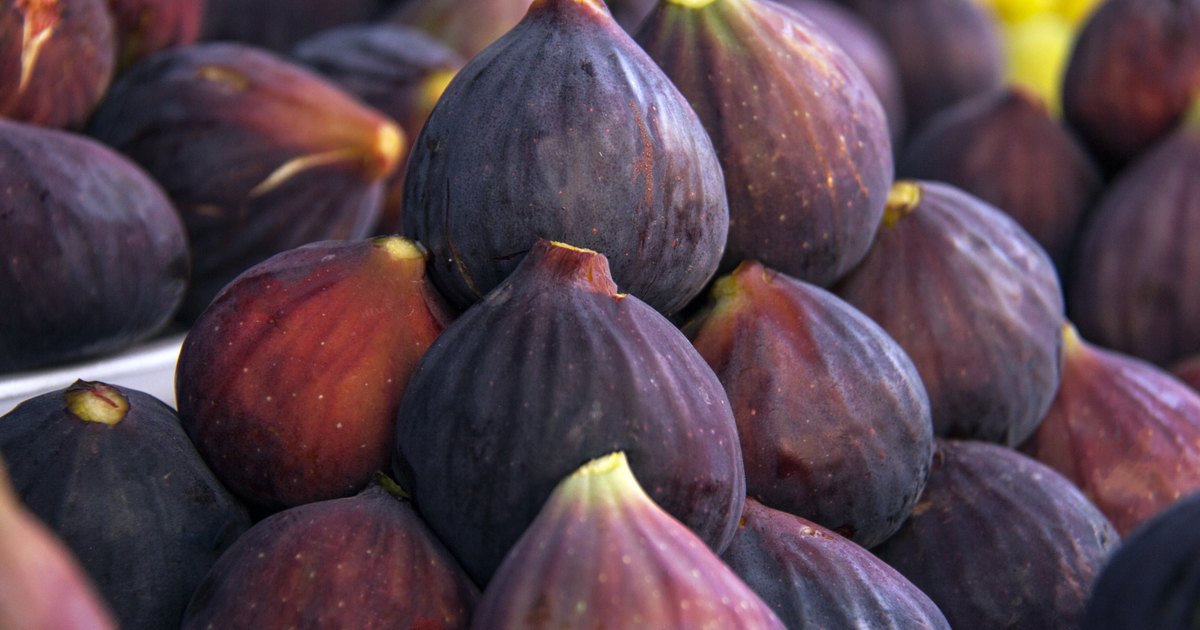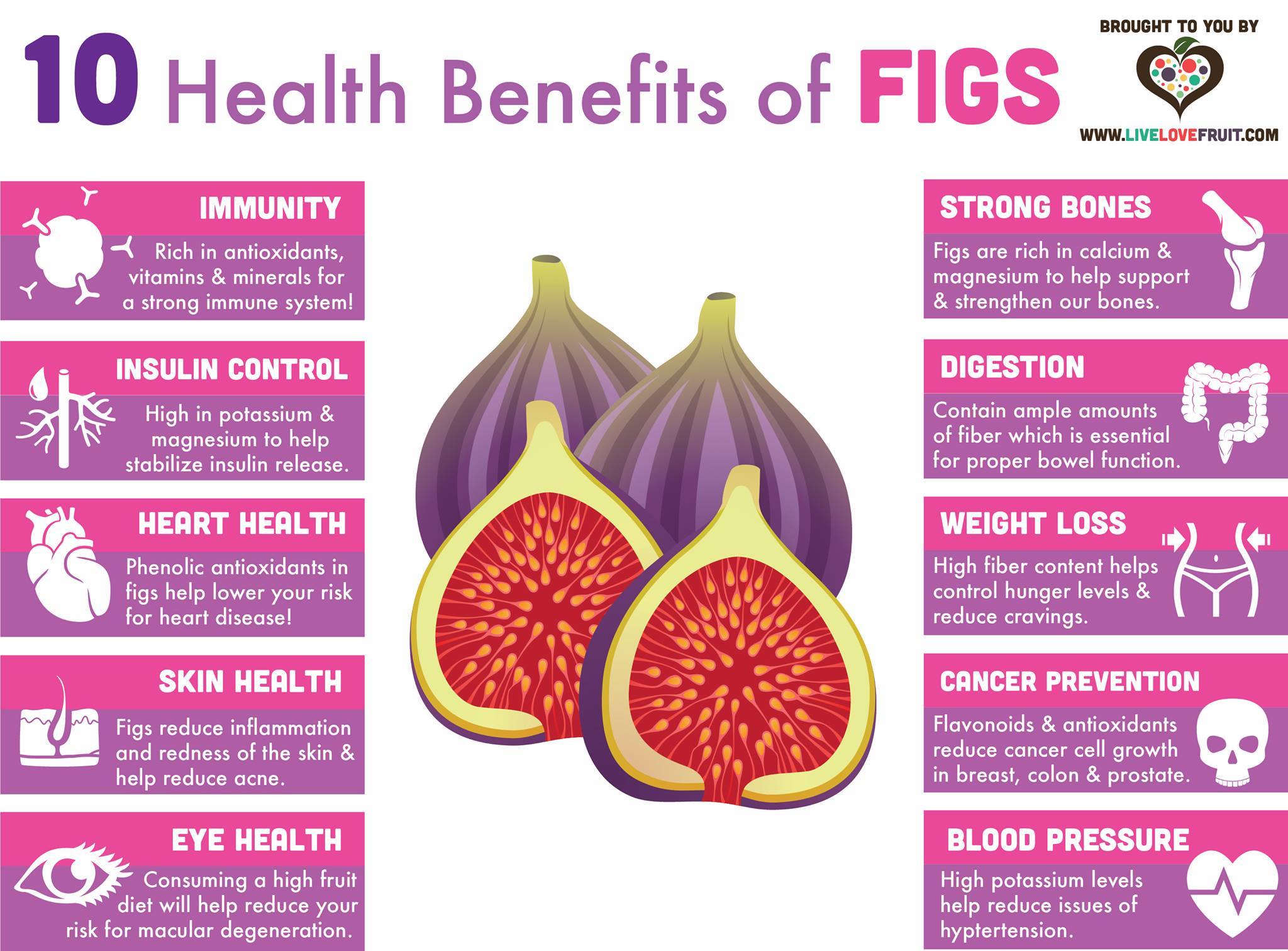An Overview of Fresh Figs and Their Nutritional Profile
Fresh figs, the edible fruit of the ficus tree, have been cherished for their delightful sweetness and numerous health benefits for centuries. Native to the Mediterranean region, these delectable treats come in various types, including the Common Fig, Adriatic Fig, and Mission Fig, each with unique flavors and textures. Fresh figs are not only a delicious snack but also a powerhouse of nutrition, providing essential vitamins and minerals that contribute to overall well-being.
The Marvelous Health Benefits of Consuming Fresh Figs
Fresh figs offer an array of health benefits, making them a valuable addition to any balanced diet. Rich in dietary fiber, fresh figs support healthy digestion by promoting regular bowel movements and preventing constipation. The high fiber content also aids in maintaining stable blood sugar levels, making fresh figs an excellent option for individuals with diabetes or those seeking to regulate their blood sugar.
Moreover, fresh figs are a natural source of calcium, potassium, and magnesium, which contribute to bone health. These minerals work together to strengthen bones, reduce the risk of osteoporosis, and alleviate symptoms associated with joint disorders. Furthermore, fresh figs boast an impressive antioxidant profile, with high concentrations of vitamins A and C, flavonoids, and polyphenols, which combat oxidative stress and inflammation, thereby supporting overall immune function.
Consuming fresh figs also promotes skin health, thanks to their abundance of vitamins, minerals, and antioxidants. The fruit’s high water content helps keep skin hydrated, while its vitamin C content boosts collagen production, which maintains skin elasticity and reduces the appearance of fine lines and wrinkles. Additionally, fresh figs’ antioxidant properties shield skin from environmental stressors and damage, contributing to a more youthful and radiant complexion.
How to Incorporate Fresh Figs into a Healthy Diet
Integrating fresh figs into a balanced diet is a delightful and nutritious endeavor. With their succulent texture and sweet, honey-like flavor, fresh figs can be incorporated into various dishes to add a touch of natural sweetness and a boost of essential nutrients. Here are some suggestions on how to enjoy fresh figs and maximize their health benefits:
- Add them to salads: Fresh figs pair beautifully with mixed greens, goat cheese, and a light vinaigrette, creating a harmonious blend of flavors and textures. Alternatively, try combining them with arugula, prosciutto, and a balsamic reduction for a more savory option.
- Top your oatmeal or yogurt: Slice fresh figs and add them to your morning oatmeal or yogurt bowl for a nutritious and satisfying start to your day. Enhance the dish with a drizzle of honey, a sprinkle of nuts, and a dash of cinnamon for added flavor and texture.
- Bake them into desserts: Fresh figs can be used in various baked goods, such as tarts, cakes, and muffins, to create delectable and healthier treats. Substitute refined sugars with natural sweeteners like maple syrup or coconut sugar to maintain a balanced nutritional profile.
- Create fig-based sauces: Simmer fresh figs with a touch of balsamic vinegar, honey, and spices to create a rich, flavorful sauce that can be used as a glaze for meats or a topping for ice cream.
- Enjoy them as a snack: Fresh figs require no preparation and can be enjoyed as a standalone snack. For an added protein boost, pair them with a handful of nuts or a serving of nut butter.
Understanding Fresh Figs Side Effects and Allergies
While fresh figs benefits and side effects are generally minimal, it is essential to be aware of potential issues that may arise from their consumption. This awareness can help you make informed decisions about incorporating fresh figs into your diet and minimize any associated risks.
Allergic Reactions
Although rare, some individuals may experience allergic reactions to fresh figs. These reactions can manifest as skin rashes, hives, itching, swelling, or difficulty breathing. If you suspect a fig allergy, consult a healthcare professional for proper diagnosis and guidance. It is crucial to avoid consuming fresh figs or products containing figs if you have a known allergy, as cross-reactivity may occur with other fruits, such as kiwi, peach, or banana.
Digestive Issues
Excessive consumption of fresh figs may lead to digestive issues, such as bloating, gas, and diarrhea, due to their high fiber content. To avoid these side effects, gradually introduce fresh figs into your diet and maintain a balanced intake of fiber-rich foods. Additionally, ensure you drink adequate water to facilitate proper digestion and prevent potential gastrointestinal discomfort.
Interactions with Medications
Fresh figs contain a compound called psoralen, which can interact with certain medications, such as those metabolized by the liver or used to treat high blood pressure, diabetes, or heart disease. If you are taking prescription medications, consult your healthcare provider before consuming fresh figs to ensure there are no potential interactions.
Minimizing Risks
To minimize the risks associated with fresh figs benefits and side effects, follow these guidelines:
- Introduce fresh figs into your diet gradually and monitor your body’s response.
- Maintain a balanced intake of fiber-rich foods and drink sufficient water.
- If you have a known allergy, avoid consuming fresh figs or fig-containing products.
- Consult your healthcare provider before consuming fresh figs if you are taking prescription medications.
By following these guidelines, you can enjoy the numerous health benefits of fresh figs while minimizing any potential side effects or risks.
Fresh Figs vs. Dried Figs: Nutritional Differences and Similarities
Both fresh and dried figs offer unique nutritional profiles, benefits, and drawbacks. Understanding these differences can help you make informed decisions about incorporating each type into your diet.
Nutritional Content
Fresh figs are primarily composed of water, making them lower in calories and sugar compared to dried figs. A serving of fresh figs (around 3-4 pieces) provides approximately 47 calories, 11 grams of carbohydrates, and 2 grams of dietary fiber. In contrast, a serving of dried figs (around 4 pieces) contains about 149 calories, 37 grams of carbohydrates, and 5 grams of dietary fiber.
Key Vitamins and Minerals
Fresh figs are rich in vitamin C, vitamin K, and several essential minerals, such as potassium, calcium, and magnesium. Dried figs, on the other hand, have higher concentrations of vitamins and minerals due to their smaller size and lower water content. They are particularly high in vitamin K, calcium, iron, and potassium.
Benefits and Drawbacks
Fresh figs offer a refreshing, light snack with a lower calorie and sugar content, making them an excellent choice for those watching their caloric intake. However, their short shelf life and seasonal availability may limit their accessibility. Dried figs, with their extended shelf life and higher nutrient density, can be a convenient and nutritious option year-round. However, their higher calorie and sugar content should be considered when incorporating them into your diet.
Making Informed Choices
To maximize the fresh figs benefits and side effects, consider the following:
- Choose fresh figs for a lighter, seasonal snack with lower calories and sugar.
- Opt for dried figs when seeking a more concentrated source of vitamins and minerals, or when fresh figs are out of season.
- Monitor your caloric and sugar intake when consuming dried figs, as their smaller size can lead to overconsumption.
By understanding the nutritional differences and similarities between fresh and dried figs, you can make informed decisions about incorporating each type into your diet and enjoy their unique benefits.
Selecting and Storing Fresh Figs for Optimal Freshness
To fully enjoy the fresh figs benefits and side effects, it is crucial to select and store them properly. This ensures their optimal quality, freshness, and longevity.
Choosing Fresh Figs
When selecting fresh figs, follow these guidelines:
- Look for figs with a rich, deep color, as this is indicative of ripeness.
- Check for a slight softness, as fully ripe figs should yield to gentle pressure.
- Inspect the figs for any signs of bruising, cuts, or mold, as these can affect their freshness and quality.
- Avoid figs with a fermented or off odor, as this may indicate spoilage.
Storing Fresh Figs
Proper storage techniques can help maintain the freshness and quality of your fresh figs:
- Store fresh figs in the refrigerator, ideally in a single layer on a paper towel-lined tray or in a shallow container with a lid.
- Keep the storage temperature between 32°F and 36°F (0°C and 2°C) to prevent chilling injury.
- Check your figs daily for signs of spoilage, and remove any damaged or moldy figs to prevent contamination.
- Use fresh figs within 2-3 days of purchase for the best flavor and texture.
Freezing Fresh Figs
If you have an abundance of fresh figs, consider freezing them for later use:
- Wash and dry the figs thoroughly, then remove the stems.
- Place the figs on a baking sheet lined with parchment paper and freeze until solid.
- Transfer the frozen figs to airtight freezer bags or containers, and store them for up to 6 months.
- Frozen figs can be used in smoothies, baked goods, or purees.
By following these tips for selecting and storing fresh figs, you can enjoy their full potential and minimize any associated side effects or risks.
The Environmental and Societal Impact of Fresh Fig Consumption
Exploring the environmental and societal implications of fresh fig consumption can help you make informed decisions about incorporating them into your diet.
Carbon Footprint
Fresh figs have a relatively low carbon footprint compared to other fruits, as they are primarily grown in Mediterranean countries, such as Turkey, Greece, and Italy. However, the environmental impact increases when transporting figs long distances, so consider purchasing locally grown or regionally sourced figs when possible.
Labor Practices
Fig farming can provide employment opportunities for local communities, but it is essential to ensure that labor practices are fair and ethical. Look for certifications, such as Fair Trade or Rainforest Alliance, to ensure that the figs you purchase are produced using responsible labor practices.
Organic vs. Conventional
Like many fruits, figs can be grown using conventional or organic farming methods. Organic farming avoids the use of synthetic pesticides and fertilizers, which can have a negative impact on the environment. However, organic figs may be more expensive and harder to find. Consider your budget and values when deciding between organic and conventional figs.
Seasonal Eating
Eating seasonally can help reduce the environmental impact of your food choices. Fresh figs are typically available from late spring to early fall, depending on the region. By enjoying fresh figs during their natural growing season, you can minimize the carbon footprint associated with their transportation and storage.
Minimizing Waste
Minimizing food waste is an essential aspect of sustainable eating. When purchasing fresh figs, buy only what you need and use them promptly to prevent spoilage. Consider freezing any excess figs for later use in smoothies, baked goods, or purees.
By considering the environmental and societal impact of fresh fig consumption, you can make informed decisions that align with your values and contribute to a more sustainable food system.
Expanding Your Culinary Horizons: Exploring Fig Varieties and Uses
Discovering lesser-known fig varieties and their unique flavors and textures can broaden your culinary experiences and add excitement to your meals. Here are some fig varieties to explore, along with creative serving ideas to maximize the fresh figs benefits and side effects.
Adriatic Figs
Adriatic figs, also known as Calimyrna figs, have a light green skin and a delicate, sweet flavor. They are an excellent choice for both sweet and savory dishes. Try them:
- Stuffed with goat cheese and drizzled with honey for a sweet and tangy appetizer.
- Sliced and added to fruit salads or green salads for a burst of natural sweetness.
Brown Turkey Figs
Brown Turkey figs have a dark purple-brown skin and a mild, slightly nutty flavor. They are versatile and work well in various dishes. Consider using them:
- Grilled and served with a balsamic reduction and fresh basil for a sophisticated side dish.
- Pureed and added to smoothies or yogurt parfaits for a nutrient-packed breakfast or snack.
Black Mission Figs
Black Mission figs have a deep purple skin and a sweet, rich flavor. They are perfect for both desserts and savory dishes. Try them:
- Wrapped in prosciutto and baked for a sweet and salty appetizer.
- Simmered in red wine and served over ice cream for a decadent dessert.
Kadota Figs
Kadota figs have a green-yellow skin and a mild, slightly fruity flavor. They are an excellent choice for both raw and cooked applications. Use them:
- Sliced and added to sandwiches or paninis for a unique twist on a classic dish.
- Roasted and served with roasted vegetables for a flavorful side dish.
Sierra Figs
Sierra figs have a copper-colored skin and a sweet, earthy flavor. They are a great option for jams, chutneys, and other preserves. Consider using them:
- Simmered in balsamic vinegar and served over grilled meats or vegetables.
- Chopped and added to salsas or chutneys for a sweet and tangy condiment.
By exploring these lesser-known fig varieties and their unique flavors and textures, you can expand your culinary horizons and enjoy the full potential of fresh figs benefits and side effects.








